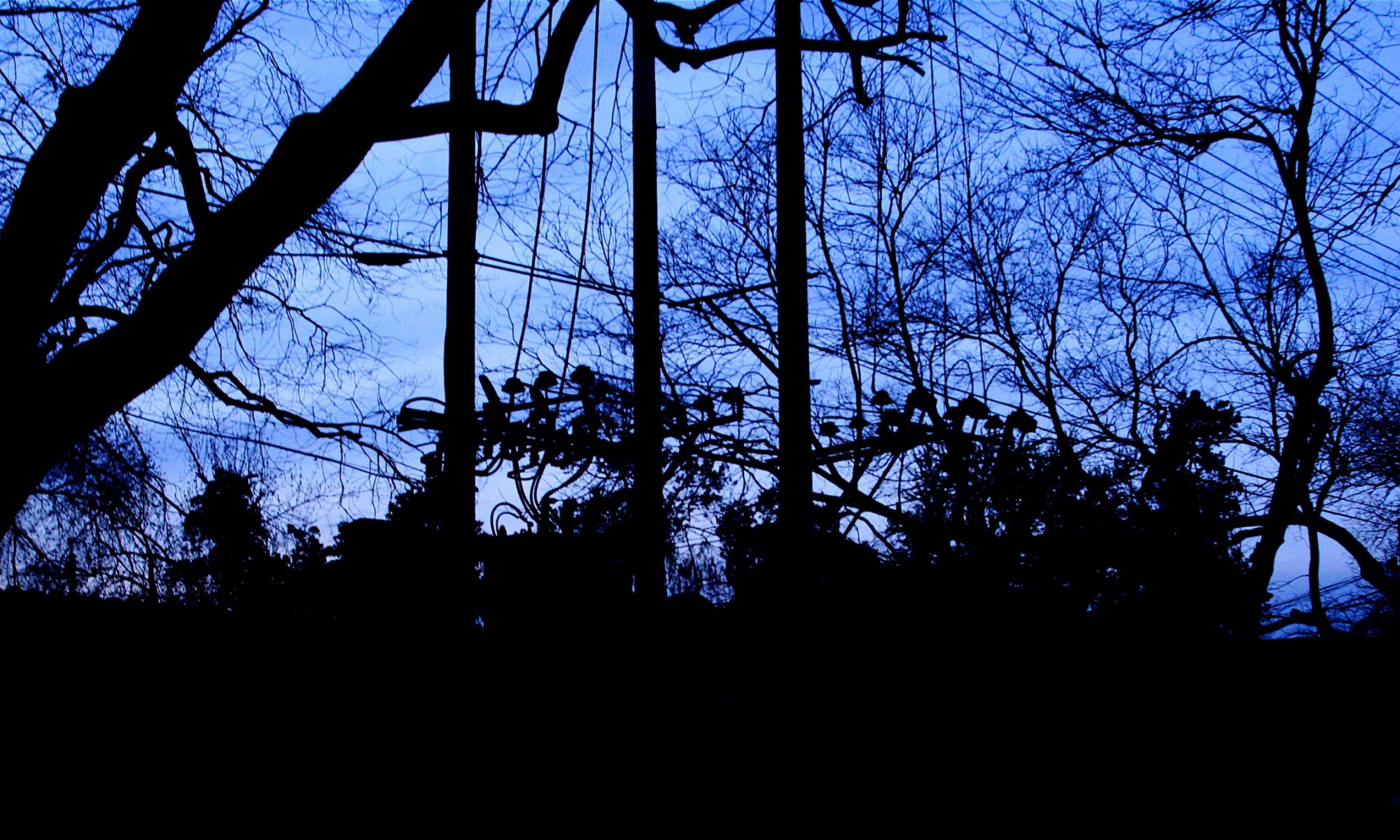3. Other courts
The supervisory jurisdiction is often spoken of as an inherent jurisdiction of superior courts of record. So other states’ and territories’ Supreme Courts would have the same jurisdiction, albeit more amenable to statutory modification / influence than the Victorian Court’s jurisdiction. Those other courts still jealously guard their jurisdictions against statutory incursion, though, holding that only statutes which prohibit a particular course will affect the inherent jurisdiction.[1]
In a nutshell, a statute which says that a client may tax a bill within a year of its giving will not preclude taxation in the inherent jurisdiction of a two year old bill, whereas a statute which says no client shall have taxation of any bill more than a year old will affect a non-Victorian court’s jurisdiction and, if it jumps through the hoops imposed by s. 85 of the Victorian Constitution, will affect even the Victorian Supreme Court’s jurisdiction. As the opening paragraph of Keith Mason’s ‘The Inherent Jurisdiction of the Court’ (1983) 57 ALJ 449 says:
‘The mere fact that some statute or rule of court enables a court to deal with the particular problem in a particular way will not usually exclude inherent powers to deal with it in other ways. Indeed, this jurisdiction may be asserted even though the conduct complained of may be in literal compliance with some statute or rule of court.’
Inherent jurisdiction is not peculiar to superior courts,[2] according to Mason’s article’s part B commencing at ALJ 456:
‘except for those instances of the inherent jurisdiction ancillary to the Supreme Court’s role as a supervisor of inferior courts and tribunals, one would have thought that inferior courts would have as wide an inherent jurisdiction as that of superior courts. After all, “‘inherent jurisdiction’ is the power which a court has simply because it is a court of a particular description, [it] is not something derived by implication from statutory provisions conferring particular jurisdiction”. Judges of inferior courts should have the same concern to prevent abuses, delays and injustices as judges of superior courts. Generally speaking, the authorities support these propositions.’
Perhaps the supervisory jurisdiction which is the subject of this paper is a jurisdiction specific to courts which admit to practice and strike practitioners off and so peculiar to the Supreme Courts, like the jurisdiction to supervise inferior courts and tribunals. But if federal courts, which do not admit people to legal practice, have implied jurisdiction to deal with solicitors, and their charges, in cases before them, why not also the Magistrates’ Court and VCAT?
Federal courts tend to find powers analogous to those within the Supreme Courts’ inherent jurisdictions within implied powers in the statutes which create them, albeit sometimes with recourse to the language of ‘inherent jurisdiction’. For example, in Re P’s Bill of Costs [1982] 45 ALR 513, the majority of the Full Family Court said at 519:
‘Although the Family Court is a creature of statute it is a Court of Record and has inherent powers in appropriate circumstances. Those are powers which arise as a necessary adjunct to the existence of the court itself, and such as are necessary to control and regulate the proceedings before it and to avoid injustice… As part of [its rules based jurisdiction over disputes about fees between solicitor and client] the court has both the power and the duty to determine any issue between the solicitor and client which may so arise. …
Such a dispute may arise in a number of ways. For example: which regulation or combination of regulations apply; factual disputes as to time involved or the appropriateness of steps taken by the solicitor; if an agreement is alleged – a number of questions may arise including the question of its validity, interpretation and enforceability. The Family Court has the necessary power to regulate and determine those issues.’[3]
Sometimes, federal courts will have the inherent jurisdiction of the Supreme Court of the state in which they are sitting cross-vested to them: McInnes v Twigg (1992) 16 Fam LR 185 at 197.
[1] See Keith Mason ‘The Inherent Jurisdiction of the Supreme Court’ (1983) 57(8) Australian Law Journal 449 at 457 and the authorities cited at fn 8 on that page; Hartnett v Bell [2023] NSWCA 244 at [123(4)].
[2] One member of the Court in Kowalski v Bourne [2017] SASCFC 24 (Blue J) was willing to find an implied power to tax costs between solicitor and client in the South Australian statute which provided for costs orders as between parties to proceedings in the Industrial Relations Court and prohibited solicitors from recovering costs from their client without an order of the Court: [46].
[3] See also Steedman v Golden Fleece Petroleum Ltd (1987) 73 ALR 317 at 319 per Sir Edward Woodward and Johnson Tiles Pty Ltd v Esso Australia Ltd [1999] FCA 1363 at [35]-[36].

